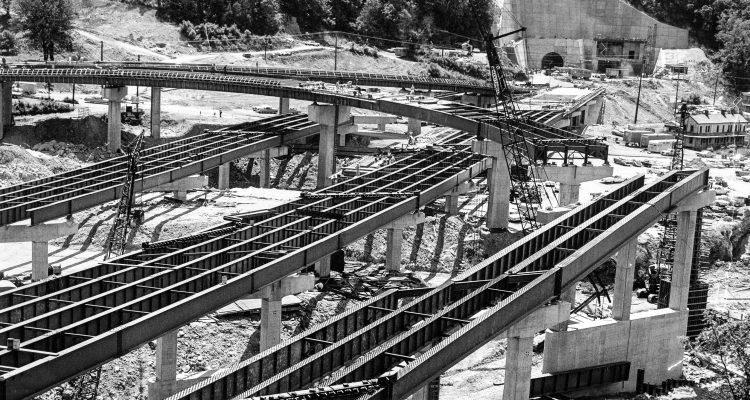(Cover photo provided by the Al Molnar Collection)
Two of them can be renovated but one, the span in the middle, needs completely replaced during an interstate project east of Wheeling Tunnel that is projected to cost as more than $60 million.
Right now, the final quarter of 2017 is the time when the beginning of this congestion-causing venture is scheduled, but keep in mind these bridge systems have been a focus of attention for the past decade because most of what stands today is original. Wheeling Tunnel officially opened to traffic on Dec. 7, 1966, but the building of these spans, all of which are now listed as in “critical condition” by inspectors, moved gravesites, gutted a neighborhood, and were completed well before the tunnel was ready for passage.
“The project is what we call a ‘renovation and preservation’ project because what needs fixed and replaced will be, but we will also address other areas of the bridges so they last even longer,” explained Gus Suwaid, district engineer for the state Division of Highways District 6. “The funding is not the issue. It’s there. The project is now being designed by the folks in Charleston.
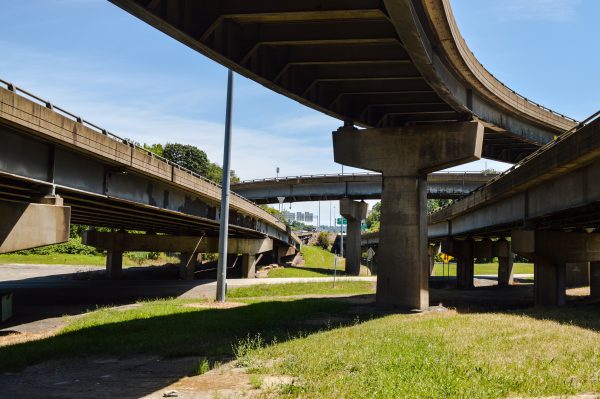
“Right now the time span for these projects is undetermined because painting could be added to it, and the amount of work to the supports for the bridges is still being determined,” he continued. “Plus, there are four ramps that will be included, so it’s not just the three bridges that lead in and out of the tunnel. Those ramps connect the interstate with U.S. Route 250.”
The middle span, referred to by DOH officials as the, “Fulton bridge,” is in need of total replacement, according to Suwaid, while the other two will be extensively rehabilitated.
“We have had several meetings about how to prioritize the work, and we are also aware that the areas on the west side of Wheeling Tunnel also are in need of attention in the near future,” the DOH engineer said. “With all parts involved, on both the east and west sides of the tunnel, it will require at least $200 million in funding.
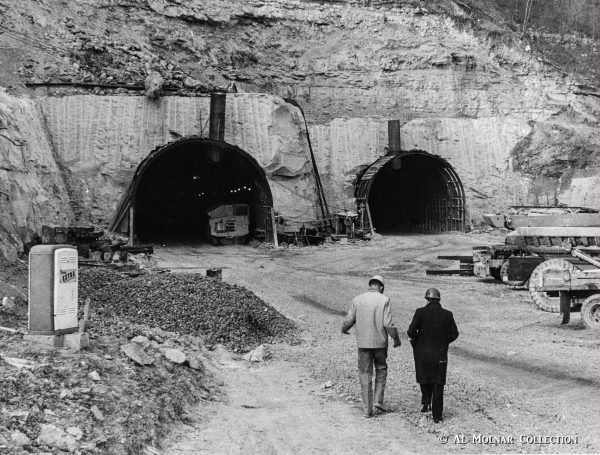
“We are looking at breaking up all of the projects and performing the work piece by piece instead of going about this with just one massive contract,” Suwaid continued. “Of course the interstate is a route that is eligible for federal funding, too, and typically those projects are funded by an 80-20 division with the state responsible for 20 percent of the funding. That would be $40 million.”
DOH officials are considering hiring contractors on a design-build basis, which would mean the selected bid would require the approved company to both design and build each phase needed for the projects to be completed. The eastside bridge systems spans, which extend over Big Wheeling Creek and the area where East Wheeling meets the Fulton section of the city, would be addressed initially.
“Traffic is a huge consideration because of the amount of motorists that use Interstate 70, but the Fulton bridge will need to be rebuilt altogether because of the condition it is in at this time,” Suwaid reported. “The bridges have been inspected often, and it’s been determined that the Fulton bridge has experienced some significant deterioration. Some of the sections of that bridge are irreparable, so we would be better off to perform a complete replacement.
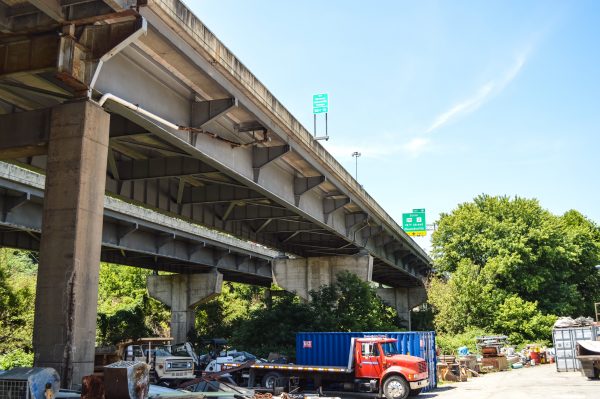
“We are looking at several scenarios because a complete replacement would close the westbound lanes of Interstate 70 in that area, and diverting traffic onto Interstate 470 is one of the considerations,” he continued. “That option would also cut costs and allow this entire project to be completed in two or three years.”
The current state of the infrastructure in the Wheeling area is similar to the condition of roadways and bridges throughout the country Suwaid said, and in many cases the end of “design life” is a reality.
“It is a problem. There’s no doubt about that, and they have to be attended to. It’s the same story in areas from one end of the country to the other,” he said. “We’re hoping the monetary constraints will be relieved so we can pursue all of the work that needs to get done.”
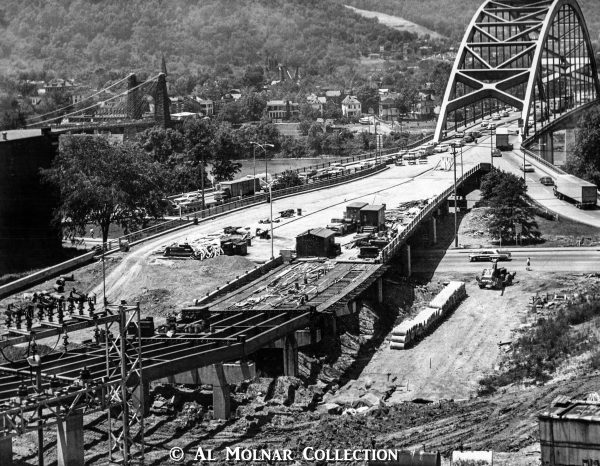
The condition of the Fort Henry Bridge also is on Suwaid’s radar and inspectors have already mapped out the areas of the span that need the most attention. That work, the district engineer confirmed, is not yet scheduled.
“The time for that project is approaching, but it’s not upon us yet,” he said. “That will be another very large project for us, and the inspections do take place on schedule, but that will not be for another few years. Compared to many others, it’s in very good condition at this time.
“But it will happen. We all know that. It’s about where we live and the infrastructures that need to get around this area,” Suwaid added. “We have come to depend on the interstates in this area, so any time a project causes traffic congestion, it causes issues for the people. We understand that, and that’s why we do our best to get the projects completed as soon as possible.”
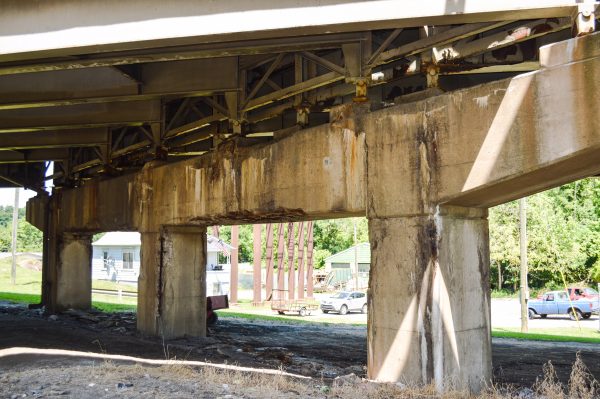
While the renovation and beautification project on the Wheeling Suspension Bridge has been delayed once again, this time until spring of 2017, the Division of Highways began paving this week U.S. Route 40 from the area where Perkin’s Restaurant is located to the Elm Grove section of Wheeling.
“The issues that are present along that stretch of roadway will be addressed and fixed,” Suwaid confirmed. “That includes the drainage when we have heavy rains, and that also includes sidewalk access and road quality. That is a very busy area, too, so the work will be performed at the most convenient times.
“Will there be delays? Of course, there will be because that stretch of road is used 24 hours a day. It’s very busy,” he continued. “But when we are finished, those who travel on that road will be very happy. I am sure of that.”
(Black and white photos are featured in the Al Molnar Collection and were made available by the Molnar family; color photos by Steve Novotney)


